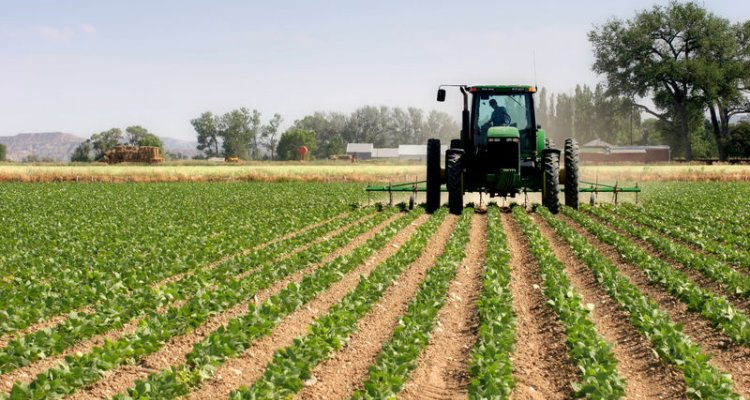
Colloquium
Route Optimization of Primary and Service Units In Agricultural Harvesting Operations; Infield Routing Accounting for Spatial Variation in Susceptibility to Soil Compaction
By Nico Gorter
Abstract
In agriculture, soil compaction is a problem with severe consequences for soil quality, leading among other things to lower yields. Optimization of infield routes based on predefined paths is one of the methods to reduce induced soil compaction during agricultural harvesting operations. Previous work has failed to address how to determine an optimal route for a capacitated agricultural harvesting operation with discrete spatial variation of the soil (e.g. sites susceptible to soil compaction and wet spots). In this thesis, we introduce an objective function returning so called weight meters (m * kg) that integrates the collaboration of primary and service units, turning manoeuvres and wet spots. A weighted graph abstraction function is the basis on which the objective function and a heuristic optimizer (Tabu search algorithm) were applied. The method is demonstrated on three fields for which the results are compared to conventional harvesting routes. Up to a 10.45% reduction in traversed weight meters was obtained. Therefore, the method is successful in reducing the weight meters while considering weight variation, wet spots, variation in soil compaction and restrictions regarding driving patterns.
Keywords: Precision agriculture; graph theory; soil compaction; Tabu search algorithm; service unit; heuristic optimizer; primary unit; wet spot; agricultural field; capacitated arc routing problem